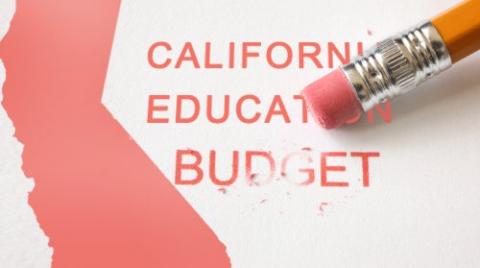The California legislature passed AB 484 and Governor Jerry Brown signed the legislation for reform in the state's standardized testing. The current testing method (STAR) will be abandoned for a year to transition to a new test aligned with Common Core standards and more indicative of student performance. However, the US Department of Education says it will withhold up to $3.52 billion in education funding to California.
The federal government's issue with the legislation is that suspending tests for a year to make a transition short-changes accountability. Current federal education mandates include testing for English language and mathematics every year.
Author of AB 484 Assemblymember Susan Bonilla addressed those concerns in an interview earlier this month when the bill passed.
“If we continued the STAR, we would be giving our teachers a mixed message: We want you to teach Common Core, but we are going to test on the old curriculum," said Bonilla. "Now AB 484 makes it clear that we are implementing Common Core and everyone will have this year to focus on making the change.”
California has this year to engage in practice tests with the new tests, which are computer-based. It is part of the transition phase but only half the test, either English or math, is required by the state this year. It may complicate ongoing negotiations on this situation between California and the federal government.
A $3.52 billion penalty would be difficult to sustain, despite the size of California's education budget. In 2011-12 the state had a minimum funding guarantee of $47.2 billion and will increase the guarantee to $67.1 billion by 2016-17. Based on the 2016-17 guarantee, there would be $522 less spent per student in K-12 with the penalty.
The San Jose Mercury partially summed up the monetary penalties that California education could face:
$65.6 million -- School Improvement Grants program, for the lowest-performing schools$155.8 million -- Title III of Elementary and Secondary Education Act for Language Acquisition, for English learners$1.2 billion -- Part B of Individuals with Disabilities Education Act, for special education$1.3 million -- Title VI, Part B2 for Rural and Low-Income Schools$133.5 million -- Title I, Part C of ESEA for migrant education$265.7 million -- Title II, Part A of ESEA, for professional development and other support for educators
